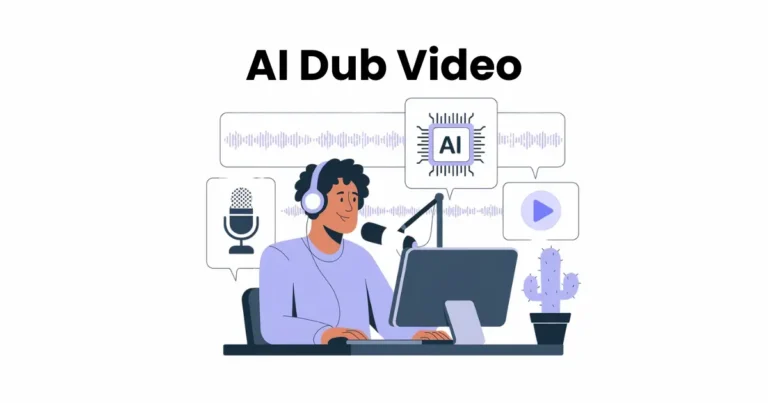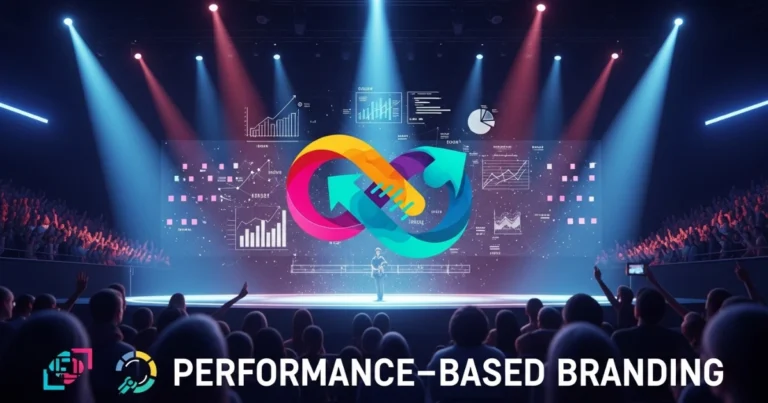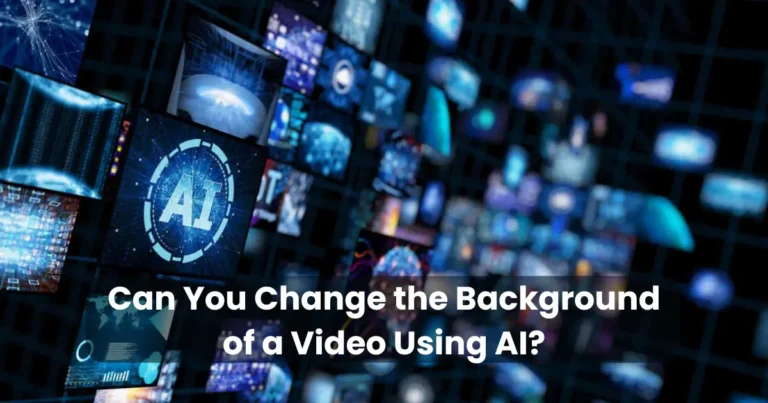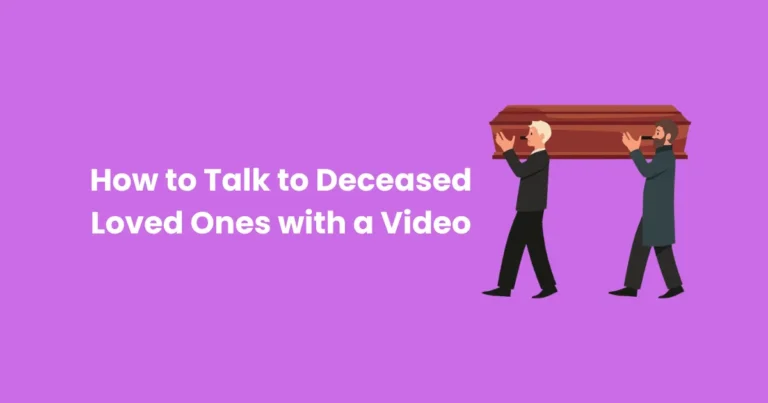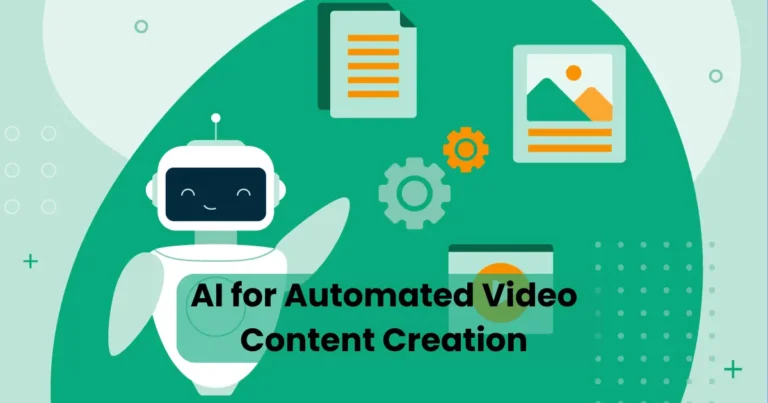The Impact of AI on the Video Editing Industry

Contents
In recent years, the impact of AI on the video editing industry has been profoundly felt across both amateur and professional editing environments. Editing tasks that once demanded extensive human input have now been streamlined through intelligent algorithms and machine learning technologies. As a result, efficiency has been significantly improved.
Moreover, AI has not only automated repetitive functions but also introduced capabilities that were previously unimaginable. For instance, real-time scene detection, automatic tagging, and AI-generated subtitles have all become standard features in many editing tools. Consequently, video creators are now empowered to produce high-quality content faster than ever before.
While traditional editing techniques have not been entirely replaced, they are increasingly being augmented by AI-driven innovations. Therefore, understanding the evolution, benefits, and implications of these changes is crucial for anyone involved in media production today.
How AI Has Been Integrated into Video Editing
Over the past decade, the impact of AI on the video editing industry has become more apparent as artificial intelligence has been seamlessly woven into many popular editing platforms. Initially, AI was introduced through subtle enhancements such as auto-color grading and intelligent trimming. These basic tools were developed to assist editors, but their true potential had yet to be fully realized.
Gradually, AI integration was expanded. Today, video editing software uses machine learning algorithms to recognize faces, detect scenes, and even suggest clips for highlight reels. For instance, Adobe Premiere Pro’s Sensei and tools like Magisto or Lumen5 rely heavily on AI to automate video creation. This means raw footage can be transformed into compelling stories with minimal manual involvement.
Furthermore, real-time collaboration and cloud-based AI assistants have been implemented in professional studios and accessible mobile apps alike. Voice recognition software automatically generates subtitles, while emotion detection tools analyze content tone and mood. These features were once considered futuristic—but now, they are essential to staying competitive.
By embedding AI into both backend processing and user interfaces, the entire video editing process has been redefined. And due to these advancements, the creative industry is moving toward a faster, smarter, and more accessible future.
AI Tools Revolutionizing the Industry
To truly understand the impact of AI on the video editing industry, one must examine the innovative tools that have been developed and adopted globally. These AI-powered platforms are not only enhancing productivity but also reshaping creative possibilities.

1. Adobe Sensei
Embedded in Adobe Premiere Pro and After Effects, Adobe Sensei uses AI to automate tasks like scene editing, audio cleanup, and facial recognition. With its intelligent features, tasks that traditionally took hours are now completed within seconds. For example, auto reframe technology automatically adjusts video dimensions for different platforms.
2. Runway
Runway is a creative suite that harnesses machine learning to enable real-time video editing, object removal, background replacement, and more. Its user-friendly interface and cutting-edge models have made it popular among YouTubers, marketers, and filmmakers.
3. Magisto
Acquired by Vimeo, Magisto uses AI to create fully-edited videos from raw clips. It analyzes motion, facial expressions, and audio to craft emotionally engaging edits—perfect for marketers with limited time or editing skills.
4. Wisecut
Wisecut stands out by automatically cutting silences, adding subtitles, and inserting background music. For vloggers and educators, this tool saves valuable hours in post-production.
5. Descript
Descript combines transcription, screen recording, and AI editing in one place. Editors can modify videos just by editing the script, which revolutionizes both the speed and accuracy of content creation.
Thanks to tools like these, the impact of AI on the video editing industry has been made undeniable. From automating time-consuming tasks to generating entire videos autonomously, AI is not just an assistant—it’s becoming a creative collaborator.
Benefits of AI in Video Editing
Because of its wide-ranging capabilities, the impact of AI on the video editing industry has led to numerous benefits that streamline workflows and enhance creative output. These advantages are being leveraged by professionals and beginners alike, making high-quality video production more accessible than ever before.

1. Time Efficiency
First and foremost, time-saving is one of the most celebrated advantages. Tasks such as cutting dead air, syncing audio, or creating subtitles can now be performed automatically. As a result, editors are able to focus more on storytelling and less on repetitive processes.
2. Cost Reduction
With fewer manual tasks involved, production costs have been significantly reduced. For small teams and independent creators, AI tools eliminate the need for multiple specialists—like sound editors, subtitle writers, or even animators—thereby making production more affordable.
3. Enhanced Accuracy
AI-powered features such as facial recognition, object tracking, and scene detection improve precision in editing. These systems analyze frame-by-frame details and execute edits that would be difficult, if not impossible, for a human to replicate with the same consistency.
4. Increased Accessibility
Thanks to AI, complex editing tools have been simplified for users of all skill levels. Automatic video generation, voice-over tools, and drag-and-drop interfaces allow even non-editors to create professional-grade videos effortlessly.
5. Real-Time Feedback and Smart Suggestions
Many AI tools now offer real-time insights—such as recommending better transitions, improving audio levels, or optimizing for social media platforms. Consequently, the creative decision-making process is enriched with data-driven support.
As these benefits continue to unfold, the impact of AI on the video editing industry is not only being felt through improved workflows but also through greater creative freedom, accessibility, and scalability for content creators worldwide.
Challenges and Concerns
Despite the remarkable progress, the impact of AI on the video editing industry has also raised valid challenges and concerns. As with any major technological shift, a balanced understanding requires examining the potential drawbacks and limitations.

1. Job Displacement
One of the most pressing concerns revolves around automation replacing human jobs. As AI tools become more advanced, some traditional roles—like junior editors or assistant cutters—are at risk of being phased out. Although new roles may emerge, the transition could prove difficult for many professionals.
2. Loss of Creative Control
Even though AI tools increase efficiency, they sometimes make creative decisions automatically. Because of that, editors may feel their artistic input is limited or overridden by algorithmic choices. For projects requiring nuanced storytelling, this can pose a serious limitation.
3. Dependency on Technology
Relying heavily on AI may result in a decreased understanding of foundational editing principles. For instance, beginners who use AI shortcuts might miss out on learning manual color grading or audio balancing, skills that are crucial for mastering the craft.
4. Ethical Concerns
With AI’s ability to generate deepfakes, simulate voices, and alter visual narratives, ethical issues are beginning to surface. The line between reality and fabrication is becoming increasingly blurred, which raises concerns about misinformation and consent.
5. Data Privacy and Security
AI tools often require access to user footage, scripts, and audio files. Therefore, data privacy becomes a significant concern—especially when sensitive content is being handled or stored in the cloud.
While the benefits of AI are undeniable, these concerns demonstrate that the impact of AI on the video editing industry must be navigated with caution, regulation, and continued human oversight to ensure ethical and creative standards are upheld.
The Role of AI in Post-Production
As post-production is a crucial phase in content creation, the impact of AI on the video editing industry has been especially transformative in this area. From raw footage to polished product, artificial intelligence has optimized almost every step of the editing pipeline.

1. Automated Editing Workflows
Footage sorting, tagging, and classification are now handled effortlessly by AI. Hours of manual review are replaced by smart systems that detect faces, scenes, or objects, grouping them for easier access. This automation allows editors to begin cutting with greater speed and context.
2. Audio Enhancements
Background noise reduction, automatic voice isolation, and seamless audio leveling are just a few of the features enabled by AI. Traditionally tedious audio cleanup tasks are now executed swiftly, improving sound quality with minimal effort.
3. Visual Effects and Color Grading
AI is being used to assist in color correction, tone matching, and even CGI enhancements. Some tools can mimic cinematic looks or adjust lighting to create a uniform aesthetic across multiple scenes. Thus, post-production visual quality is being elevated beyond manual capabilities.
4. Subtitling and Translation
Real-time transcription and translation tools powered by AI can add subtitles in multiple languages almost instantly. For global content distribution, this feature has drastically reduced the need for manual transcription and costly translation services.
5. Smart Rendering and Compression
AI helps optimize rendering processes by predicting the best file formats and compression methods based on distribution platforms. Consequently, output quality is maintained while file sizes are reduced—ideal for streaming, social media, or cloud delivery.
Overall, the impact of AI on the video editing industry during post-production has led to faster turnarounds, reduced labor, and more consistent results. By handling time-consuming technical tasks, AI enables human editors to focus more on the creative storytelling aspects.
Future Trends in AI-Driven Editing
As the technology continues to evolve, the impact of AI on the video editing industry is expected to expand even further. Emerging trends suggest that the future of video editing will be increasingly automated, intelligent, and personalized—while still keeping creativity at its core.

1. Hyper-Personalized Video Content
In the future, AI may enable editors to create multiple versions of a video tailored to different audiences. Algorithms will analyze viewer behavior, preferences, and engagement metrics to generate content that resonates on a personal level, increasing relevance and retention.
2. Fully Automated Storytelling
Some platforms are already experimenting with end-to-end video creation—from scriptwriting to final edits—powered entirely by AI. As these tools improve, it’s likely that AI will generate coherent, emotionally driven narratives with little human intervention, especially in short-form or marketing content.
3. Real-Time Collaboration with AI Assistants
Next-generation AI assistants will act as live collaborators. Editors may soon receive suggestions, alerts, or fixes in real time as they work. With integration into cloud platforms, these smart assistants will enable global teams to co-edit projects more efficiently.
4. Generative Visuals and Deepfake Tools
Advancements in generative AI will lead to more sophisticated visuals, character animations, and deepfake capabilities. While promising for creative projects, this trend also raises ethical questions that the industry must address through policies and transparency.
5. Voice and Emotion Recognition
AI systems will not only recognize spoken words but also detect tone, emotion, and pacing. This could lead to more dynamic edits that match music, cuts, or effects to the emotional flow of the video—making content more immersive and impactful.
These emerging trends confirm that the impact of AI on the video editing industry is not just a temporary shift—it’s a long-term transformation. Editors who adapt early will not only save time but also unlock new creative possibilities that were previously unimaginable.
Will AI Replace Human Editors?
The question on many minds is whether the impact of AI on the video editing industry will eventually lead to the replacement of human editors altogether. While AI has made incredible strides in automation and efficiency, the complete replacement of human creativity is far from guaranteed.
1. Creativity Can’t Be Replicated
Editing is not just about trimming clips or adjusting transitions—it’s about storytelling, rhythm, emotional beats, and artistic judgment. While AI can assist in these areas, it cannot fully replicate the intuitive decisions and emotional sensitivity of a skilled human editor.
2. AI as a Creative Partner
Rather than replacing editors, AI is more likely to act as a powerful assistant or co-creator. For example, by handling repetitive or technical tasks, AI frees up human editors to focus on higher-level creative decisions. Collaboration between humans and AI may become the new standard workflow.
3. Human Oversight Is Still Necessary
Despite its advancements, AI still makes mistakes—especially in nuanced or culturally sensitive contexts. Editors are required to ensure final outputs are accurate, ethical, and aligned with the intended message. Quality control will always need a human touch.
4. Editorial Vision and Style
Every editor has a unique voice and style. AI-generated edits, while impressive, often lack this personal touch. As a result, high-end projects, films, and creative campaigns will continue to rely heavily on human vision to maintain originality and emotional depth.
So, while the impact of AI on the video editing industry has undeniably changed how editors work, it is unlikely to replace them. Instead, it will redefine their role—making them more efficient, strategic, and creatively empowered.
Conclusion
In summary, the impact of AI on the video editing industry has been both revolutionary and transformative. From automating repetitive tasks to enhancing precision and accessibility, AI has redefined what’s possible in video production. Tools that once took hours to operate can now deliver results in minutes—revolutionizing how creators and professionals approach their craft.
At the same time, challenges like job displacement, ethical concerns, and creative limitations remind us that this technology must be embraced with thoughtful consideration. Although AI is accelerating workflows and elevating standards, human editors remain at the heart of meaningful storytelling.
Looking forward, AI will continue to shape the future of video editing—not as a replacement for human editors, but as a partner that enhances their vision. By blending creativity with machine efficiency, the industry is poised to enter a new era of dynamic and intelligent content creation.


